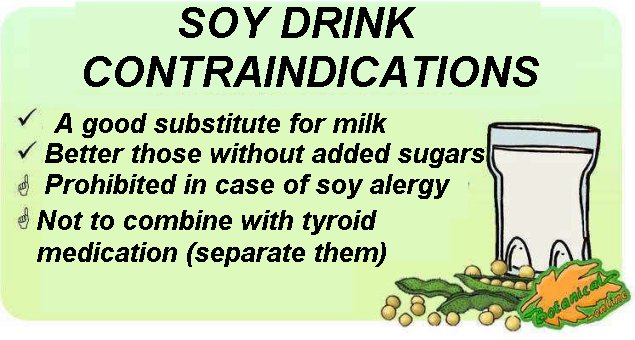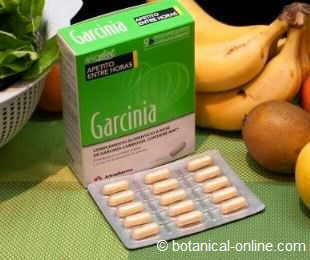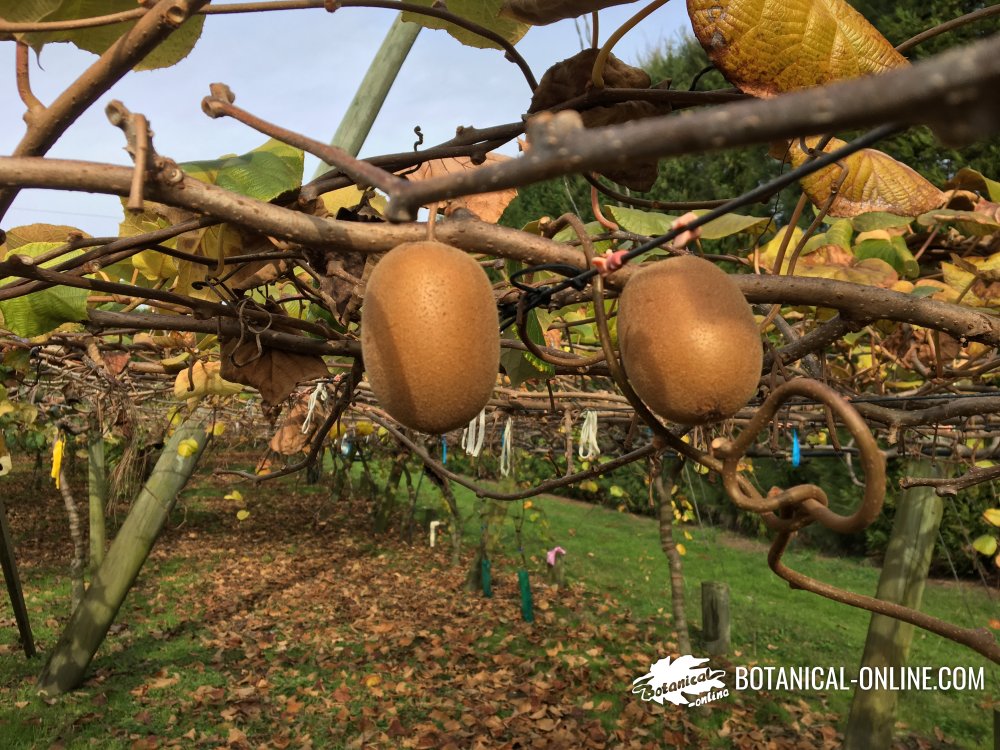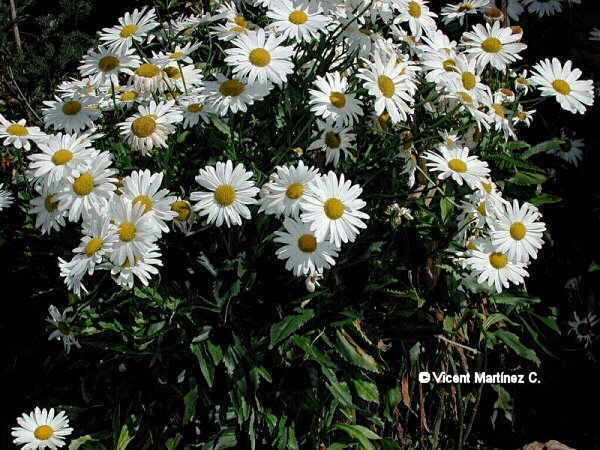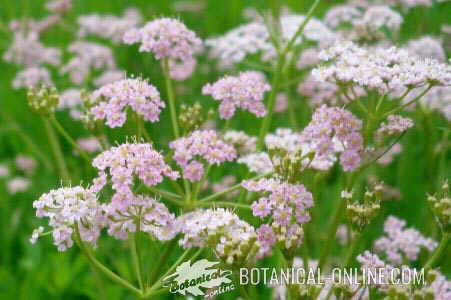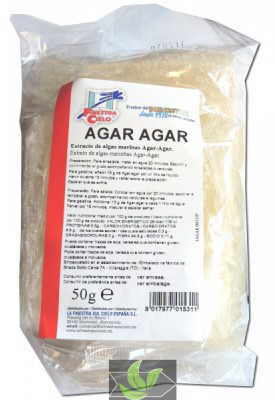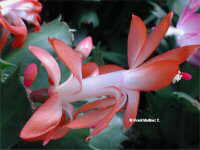What is white bryony?
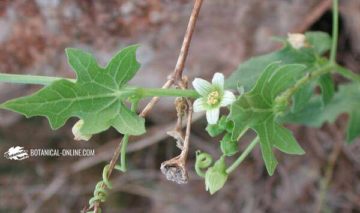
Characteristics of white bryony
Scientific name: Bryonia cretica ssp.dioica Jacq,
Common name: Red bryony, White bryony
Family: Cucurbitaceae
Habitat: Where to find white bryony?
In hedges, soils rich in organic fertilizer, along streams of water, in places with warm weather
Composition of bryony
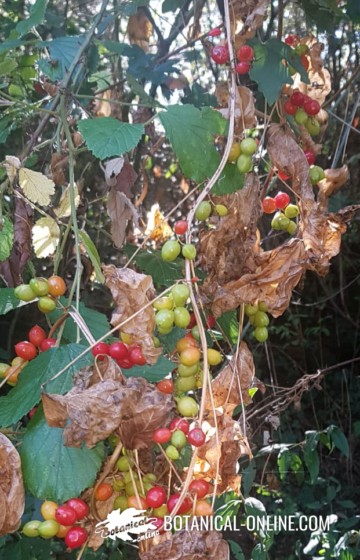
Active parts: The whole plant, both the root and the fruit and the juice that it is produced by squeezing it.
Properties of white bryony
Medicinal uses of white bryony
Bryonia dioica has been used as a strong purgative, by the action of the bryonine,
It is been studied the importance of cucurbitacins as inhibitors of cancerous tumors, while trying to remove the components with toxic properties.
Given its toxicity , it is not advisable for homemade treatments.
Toxicity of white bryony
The toxicity of this plant is extreme. Applying the juice of the plant on the skin produces irritation with blistering. In internal use (ingestion of berries or juice) violently attacks to the digestive system occur.
An estimated 40 to 50 berries produce the death of an adult, and a child can die with the ingestion of 15. These amounts may even be lower in some cases.
Symptoms of poisoning with white bryony
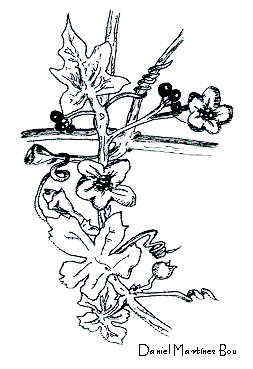
– In lower amount:
- Stomach pain
- Diarrhea
- Vomiting
- Tachycardia
- Hypotension
- Etc.
– If the ingested dose is higher:
- Death by respiratory failure.
Medical treatment for white bryony poisoning
- Induce vomiting without emetics
- Cardiac stimulants
- Fluids
- Assisted respiration and sedatives.
Is white bryony toxic for animals?
It has been described the poisoning of many animals because of eating its roots, leaves, or fruits.
![]() More information about plants.
More information about plants.


